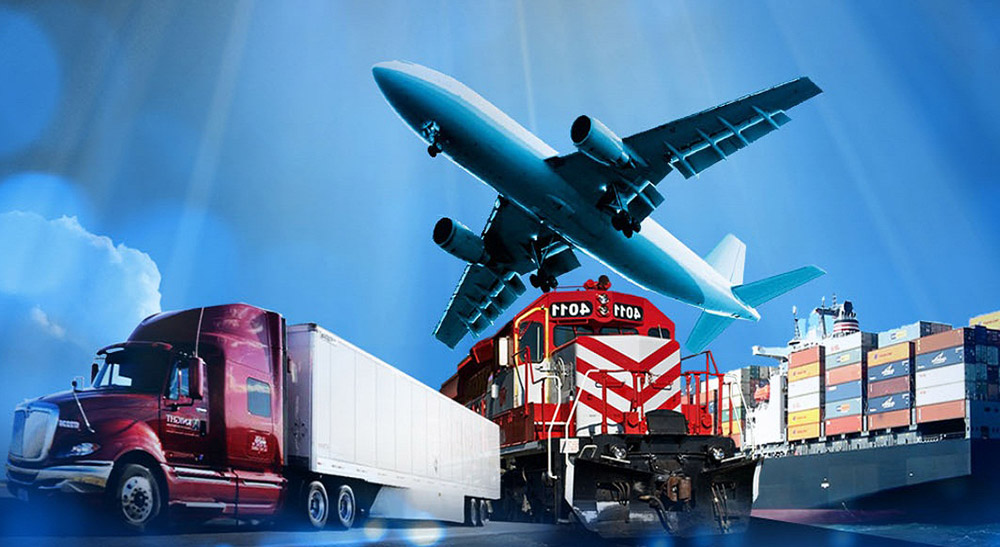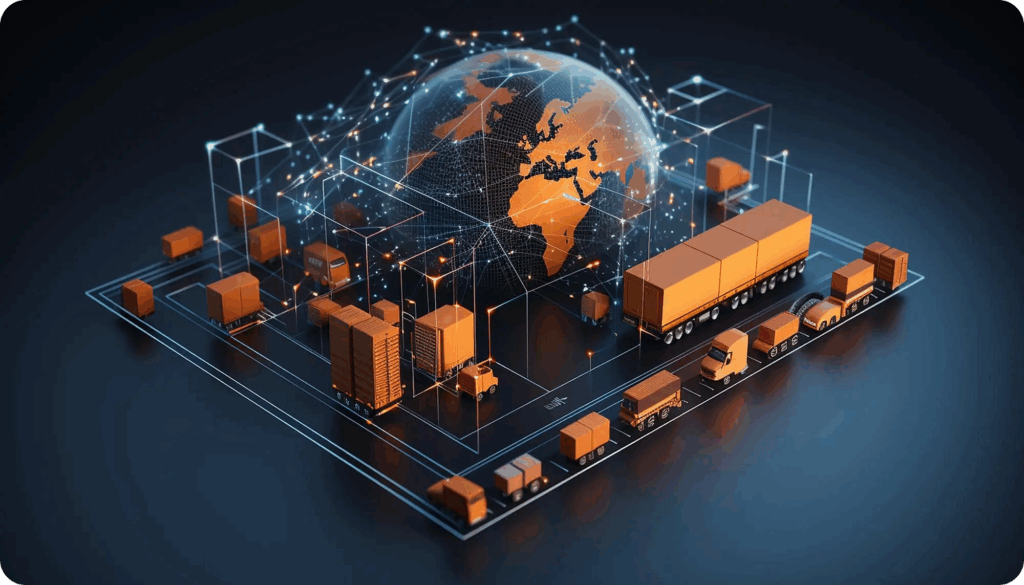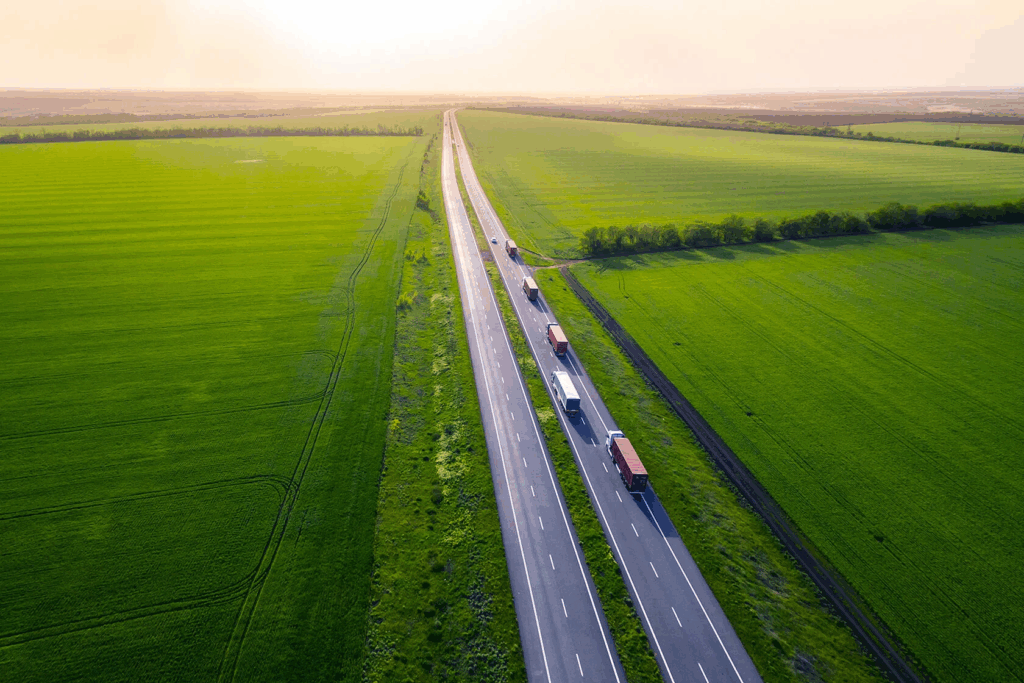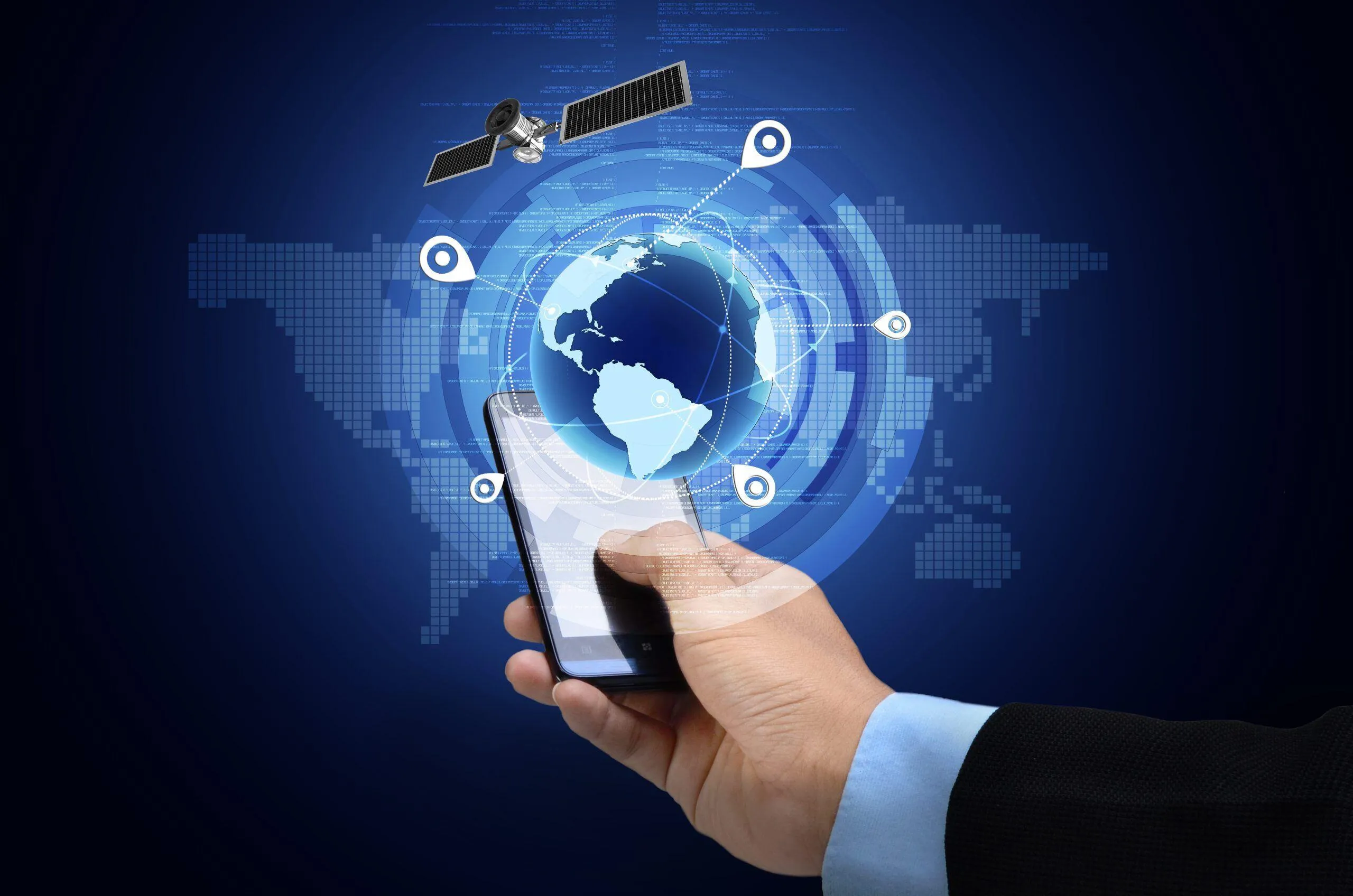Global Logistics Platforms vs Traditional 3PL Dashboards: What’s Changing?
Global logistics has always been the backbone of international trade, and how businesses manage their supply chains directly impacts efficiency, costs, and customer satisfaction. For years, many companies relied heavily on traditional 3PL (third-party logistics) dashboards for shipment tracking, inventory updates, and performance monitoring. But today, a new generation of global logistics platforms is reshaping supply chains’ operations.
These modern platforms go far beyond the capabilities of a standard 3PL dashboard, offering integrated tools, real-time data, and more flexibility for global shippers. Let’s explore what’s changing and why it matters.

1. Integration Across Multiple Carriers and Regions
A traditional 3PL dashboard usually works well within the scope of that single logistics provider. It offers shipment tracking, delivery schedules, and sometimes basic analytics. However, it is often limited to one carrier or a specific set of services.
Global logistics platforms, on the other hand, integrate data from multiple carriers, freight forwarders, and customs systems worldwide. This means businesses can manage all shipments—by air, sea, or road—through one central system.
For example, a company shipping goods from China to multiple countries can view every shipment status in one place, regardless of the carrier used. This integration reduces the need to log into separate portals and helps managers make faster decisions.
2. Real-Time Tracking and Transparency
While traditional 3PL dashboards often update shipment statuses periodically, they might not provide continuous visibility. This can cause gaps in tracking information, especially during customs clearance or transshipment.
Modern global logistics platforms use real-time tracking powered by GPS, IoT devices, and smart sensors. This allows businesses to see exactly where their shipments are at any given moment, along with details such as temperature, handling conditions, and estimated arrival times.
Such transparency helps reduce customer inquiries, improves trust, and allows companies to handle delays proactively.
3. Advanced Analytics and AI-Driven Insights

Traditional dashboards provide basic reports—delivery times, costs, and perhaps on-time performance. But they rarely offer predictive analytics or demand forecasting.
In contrast, global logistics platforms leverage AI and machine learning to analyze historical shipping data, seasonal trends, and external factors like weather or port congestion. These insights help companies:
- Choose the most cost-effective and reliable routes
- Optimize warehouse locations
- Predict and prevent potential delays
- Adjust inventory levels before shortages occur
This intelligence turns logistics management from a reactive task into a proactive strategy.
4. Flexibility and Scalability
A traditional 3PL dashboard works best if you stick with one provider and a fixed set of routes. However, this can be restrictive for businesses expanding into new markets.
Global logistics platforms are designed for scalability. You can easily add new carriers, shipping lanes, and warehouse locations without replacing the entire system. For companies that handle seasonal spikes or sudden growth, this flexibility ensures smooth operations without major disruptions.
5. End-to-End Supply Chain Management

One of the most significant differences is that a global logistics platform covers the entire supply chain, from procurement to final delivery, while traditional dashboards often focus only on the transport stage.
With a unified platform, businesses can:
- Manage supplier orders
- Monitor production schedules
- Handle customs documentation
- Oversee final-mile delivery
- Generate sustainability reports for eco-conscious customers
This end-to-end visibility allows for better coordination and faster response times when something changes unexpectedly.
6. Improved Customer Experience
Customers now expect fast, transparent, and flexible deliveries. Traditional 3PL dashboards provide updates internally, but customers may only see limited tracking information.
Global logistics platforms can integrate directly with e-commerce storefronts, allowing buyers to see live shipment updates, select delivery preferences, and receive automated notifications. This creates a smoother post-purchase experience and helps build loyalty.
7. The Shift to Green Logistics

Sustainability is becoming a priority for global shipping. Traditional dashboards rarely provide detailed environmental reporting, but global logistics platforms can track carbon emissions, suggest greener routes, and help companies meet sustainability targets.
By offering eco-friendly shipping options and measuring impact, these platforms support corporate responsibility and enhance brand image.
Why the Shift Matters for Businesses
Switching from a traditional 3PL dashboard to a modern global logistics platform is more than just a tech upgrade—it’s a strategic move. Businesses gain better control over operations, improve decision-making, and provide customers with a superior experience.
At postalparcel, we specialize in helping companies transition to advanced logistics solutions. Our platform offers:
- Integration with multiple carriers worldwide
- Real-time tracking and automated alerts
- AI-powered analytics for route and inventory optimization
- Eco-friendly shipping options
- Seamless customs compliance tools
Whether you manage a small cross-border e-commerce business or a large global supply chain, having the right logistics technology can mean the difference between staying ahead or falling behind.
Conclusion
Global logistics platforms are transforming how businesses manage supply chains. They provide greater integration, real-time visibility, advanced analytics, and better customer experiences than traditional 3PL dashboards.
As trade evolves, companies embracing these modern solutions will be better equipped to handle challenges, reduce costs, and meet rising customer expectations. With the right partner—like postalparcel—you can make the shift smoothly and stay competitive in the fast-changing world of global logistics.
Industry Insights
news via inbox
Nulla turp dis cursus. Integer liberos euismod pretium faucibua








